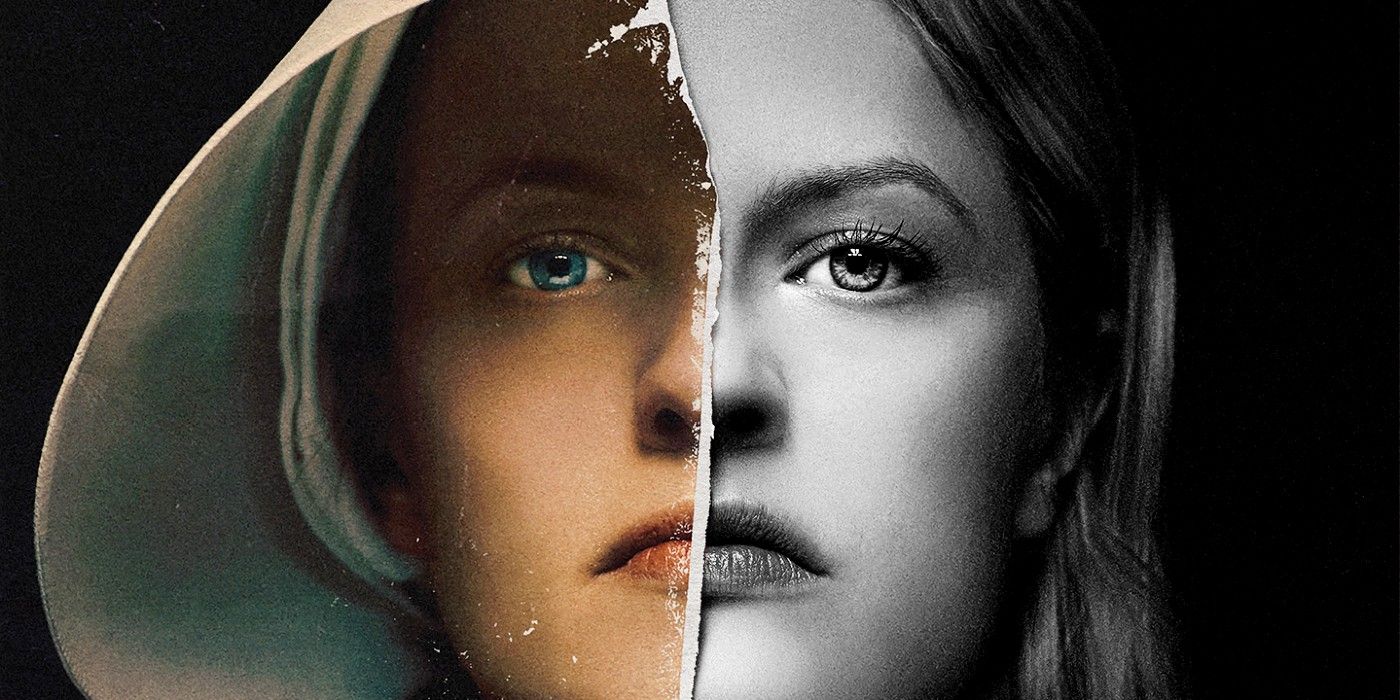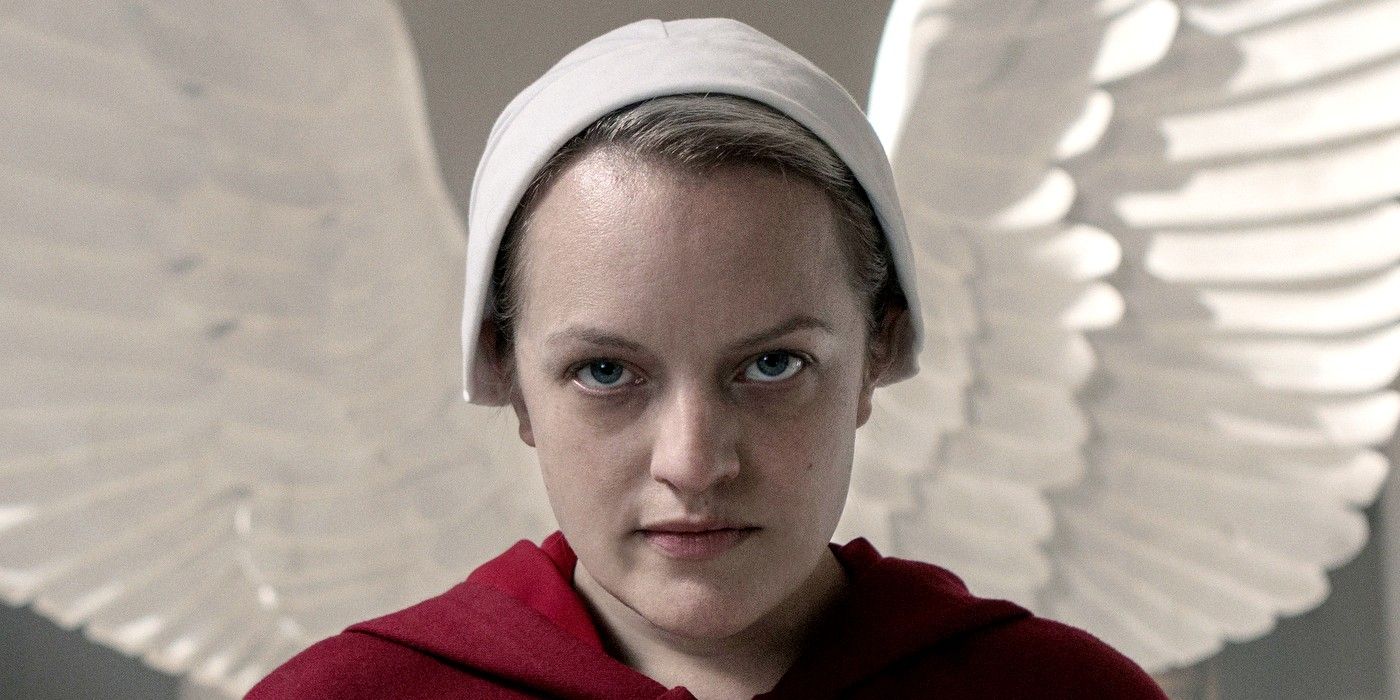Close-up shots of June's face in The Handmaid's Tale are fast becoming an overused trope. What was originally a device to bring the viewer into the character's emotions has now become a tired trick and prolific fodder for internet memes. This is unfortunate because The Handmaid's Tale, both the TV series and the book, deal with themes of oppression, gender roles, fertility, and rebellion in a totalitarian regime. Despite the show's seriousness, the overdone close-ups threaten to push the series into parody.
There are several reasons to use the character close-up. In The Handmaid's Tale, one of the big ones is to convey emotion, such as June's resignation, anger, and fear. It feels uncomfortable to be so zoomed in on a face. Empathy is unavoidable. Another reason to use close-ups is to change the storytelling pace, to switch the scene from an external perspective to an internal one. This stops the narrative for a moment and brings attention to the character. It is also a device to help viewers relate back to the character. The Handmaid's Tale employed this strategy often in the first three seasons, but too much of a good thing can yield almost comedic results.
Traditionally, the close-up shot belonged to film. It's been used many times to great effect. Sergio Leone was famous for his gritty, in-your-face camera shots. In The Good, the Bad, and the Ugly, he crafted a three-way stand-off scene with actors Eli Wallach, Lee Van Cleef, and Clint Eastwood. The danger is palpable with the focus switching from man to man, the camera tight in on the faces. This type of tension could not have been the created if filmed from a distance. Stanley Kubrick is also famous for his close-up in such movies as The Shining and A Clockwork Orange with the madness of the antagonist writ large on the movie screen. As with Leone and Kubrick's movies, The Handmaid's Tale would have lost much in the translation from close-up to distance.
Handmaid's Tale's June Close-ups Used To Be Impactful, But Are Now Meaningless
The close-up shot has found its way into television. Shows like Better Call Saul, Breaking Bad, Hannibal, and The Handmaid's Tale use it to create discomfort and draw the viewer into the minds of the characters. As such, it accomplishes that goal. The Handmaid's Tale is artistically beautiful. There is a dissonance between the lovely New England-esque setting and the horrors committed there. The extreme up close face shots of June began as a compelling example of creative cinematography, but excessive use has rendered them cliché.
The Handmaid's Tale, adapted from Margaret Atwood's book, is veering dangerously close to self-parody with its overuse of the close-up shot of June's face. This can make the viewer desensitized to her plight, even annoyed at the repetitive device. This defeats the purpose of the show. Colin Watkinson, the director of photography for The Handmaid's Tale, said, "If you use close-ups all the time, well, do anything too much, and it becomes ordinary." How ironic that the person largely responsible for the close-ups talks about them becoming ordinary.


